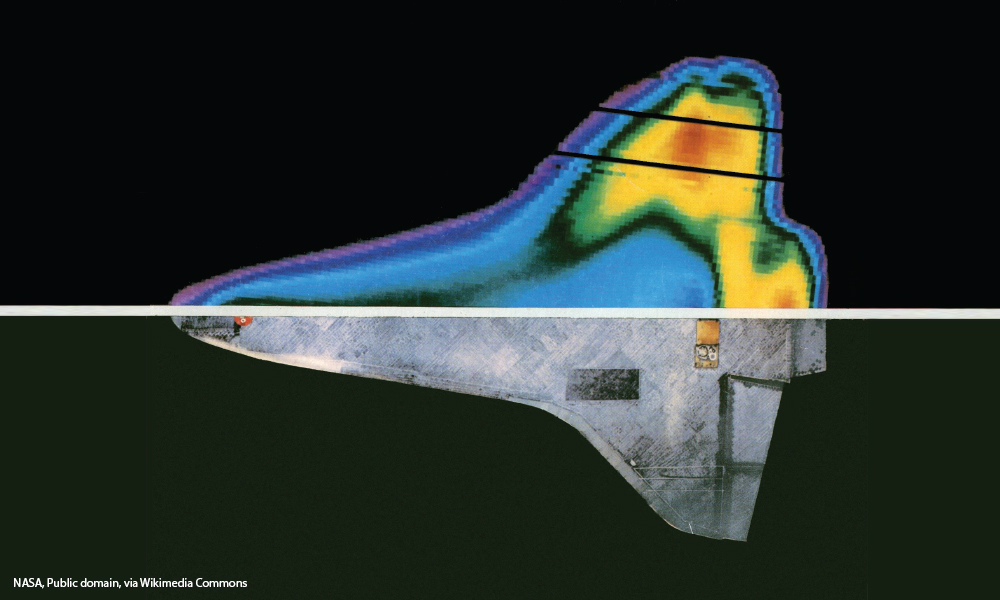
To understand conductors, insulators, and semiconductors it is important to understand band gaps. The band gap is an energy range in a material where electrons cannot exist. The energy of this band gap is the difference in energy between the valence band and the conduction band. This is typically measured in electron volts (eV). The valence band contains the highest energy electrons in a material. The conduction band is the lowest unoccupied region in which electrons can exist. In metals and conductors the valence and conduction band overlap and there is no band gap. Semiconductors have a small band gap and insulators have a large band gap.
An insulator is a material that has a large band gap, or a large energy difference between the valence and conduction band. This large energy difference makes it difficult for electrons to move to the conduction band where they can flow and create an electrical current. Insulators can be thought of as the opposite of conductors; good insulators have high resistivity and prevent electric current from flowing. Plastics such as Teflon, Polyvinyl chloride (PVC) are used to coat conductive wires and other electronics to prevent electric shock and fire hazards.1 Ceramics, such as alumina, are used to as insulators for high voltage overhead wires and in circuit boards. Conductors have superconductors that have zero resistivity and are perfect conductors but unfortunately there is no such thing as infinite resistivity or a perfect insulator. Insulators can fail and transmit energy if the voltage is high enough.
References
- https://www.professionalplastics.com/
